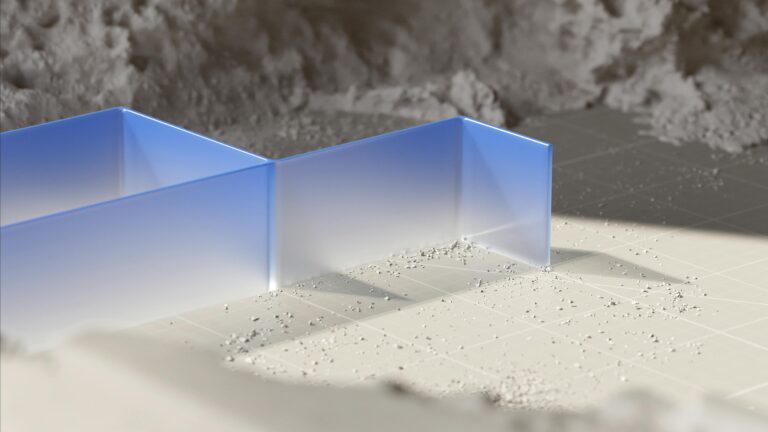Revolutionizing Web Design with Artificial Intelligence
The landscape of web design is constantly evolving, driven by innovations that promise greater efficiency and stunning results. Among these, Artificial Intelligence (AI) stands out as a transformative force, fundamentally changing how we approach website creation. No longer just a futuristic concept, AI is now an indispensable tool for designers and developers looking to build high-quality websites faster and more intelligently than ever before.
This article explores how integrating AI into your web design workflow can dramatically accelerate your projects, enhance user experience, and free up valuable time for more creative, strategic tasks. From automating mundane processes to generating sophisticated design elements, AI is here to simplify and supercharge your web development journey.
AI’s Impact on the Web Design Lifecycle
AI isn’t just a single tool; it’s a suite of technologies that can be applied at various stages of the web design process, offering distinct advantages:
Automated Design Generation and Prototyping
One of AI’s most exciting applications is its ability to generate initial design concepts, wireframes, and even full prototypes based on simple inputs. Instead of starting from a blank canvas, designers can leverage AI to:
-
Generate Layouts: AI can propose various page layouts and component arrangements based on content type and user intent.
-
Create Wireframes & Mockups: Input your content or brand guidelines, and AI can output basic wireframes or high-fidelity mockups, significantly reducing the initial design phase.
-
Suggest Color Palettes & Typography: AI algorithms can analyze trends, brand identity, and accessibility standards to recommend optimal visual styles.
This automation doesn’t replace creativity; it augments it, providing a strong foundation that designers can then refine and personalize.
Intelligent Content and Asset Optimization
Content is king, but preparing it for the web can be time-consuming. AI streamlines this process through:
-
Image Optimization: AI tools can automatically compress images without losing quality, resize them for different devices, remove backgrounds, or even generate entirely new visuals based on text prompts.
-
Video Processing: AI can help with automatic video editing, transcription, and optimizing video files for web streaming.
-
Content Generation: AI writers can draft initial versions of website copy, blog posts, product descriptions, and meta tags, saving hours of writing time.
By automating these tasks, designers can ensure that all assets are perfectly optimized for performance and visual appeal, contributing to faster loading times and better SEO.
AI-Powered Code Generation and Refinement
For developers, AI acts as an intelligent coding assistant, helping to write cleaner, more efficient code:
-
Code Autocompletion & Suggestions: Tools like GitHub Copilot can predict and suggest entire lines or blocks of code based on context, accelerating development.
-
Bug Detection & Debugging: AI can analyze code for potential errors, security vulnerabilities, and performance bottlenecks, offering real-time suggestions for fixes.
-
Cross-Browser Compatibility: AI can help identify and resolve compatibility issues across different browsers and devices, ensuring a consistent user experience.
Consider a simple example of AI assisting with a CSS snippet:
/ AI might suggest this based on context /
.container {
display: flex;
justify-content: center;
align-items: center;
min-height: 100vh;







